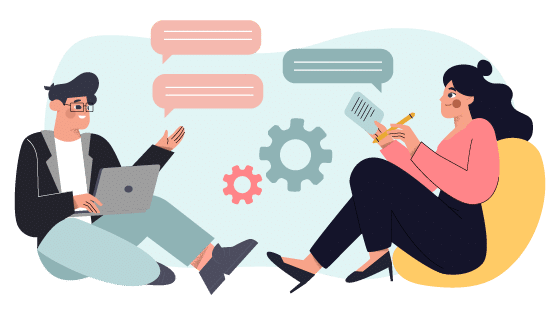When discussing the merits of in-house eLearning development vs. outsourced development, decision makers often think in terms of black and white. While large organizations can justify devoting full-time resources to distance learning rather than farming it out to consultants, they’d be ill advised to cut the cord completely. They’ll want a smooth transition and someone with expertise to help them choose options that will fit their needs today, grow with them and prove cost effective.
The Case for Moving eLearning Development In-House
In December 2013, the American Society for Training & Development (ASTD) released results from their 2012 State of the Industryreport and revealed, “U.S. organizations spent $164.2 billion on employee learning and development in 2012.” In-house eLearning development gives a business control over cost as well as the production cycle, brand and end product. The organization can still use an eLearning vendor for occasional consulting services. If it is difficult to balance brand, education and company culture then why not have an expert walk you through the process?
The Gray Shades of Outsourcing eLearning
Just as business shifted incrementally from face-to-face training to blended and custom eLearning formats, the journey from outsourcing to insourcing will follow a similar path. Putting together the right team for the job is tricky, especially when a business moves current employees with limited experience onto the team.
A consultant can prove an invaluable resource during the transition, helping with LMS selection, instructional design and encouraging team development. It doesn’t stop there. Team members need training on every aspect of distance learning from course conception to implementation and evaluation, suggested work flow, and continued mentorship.





